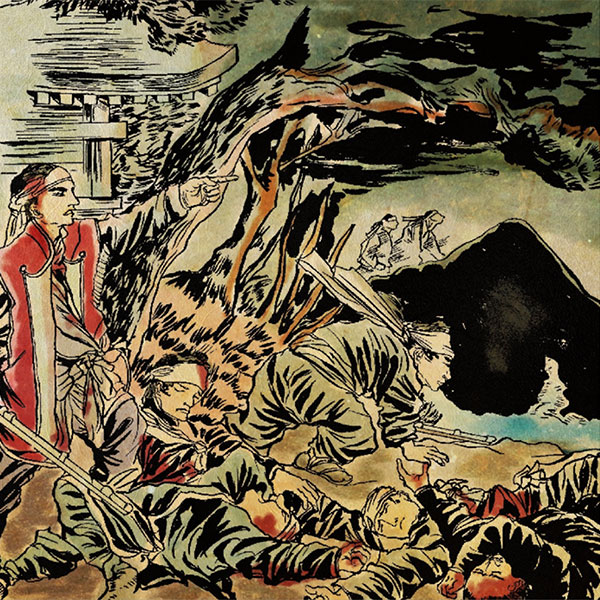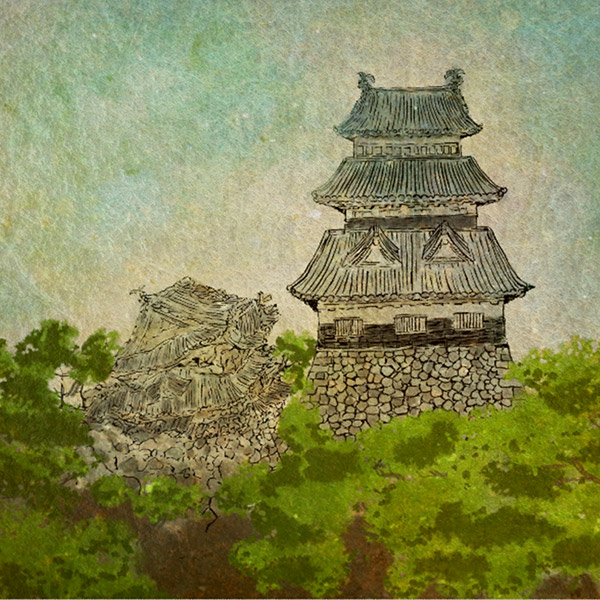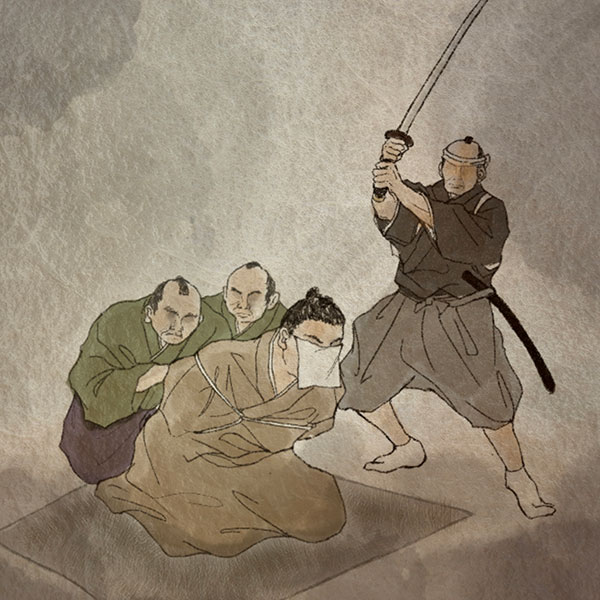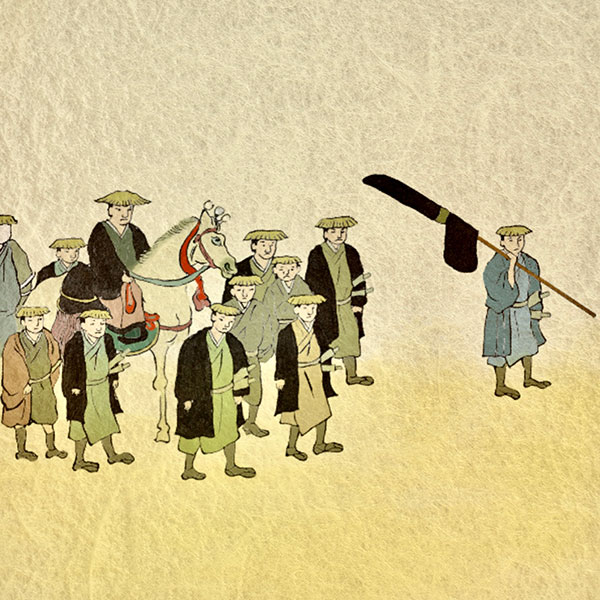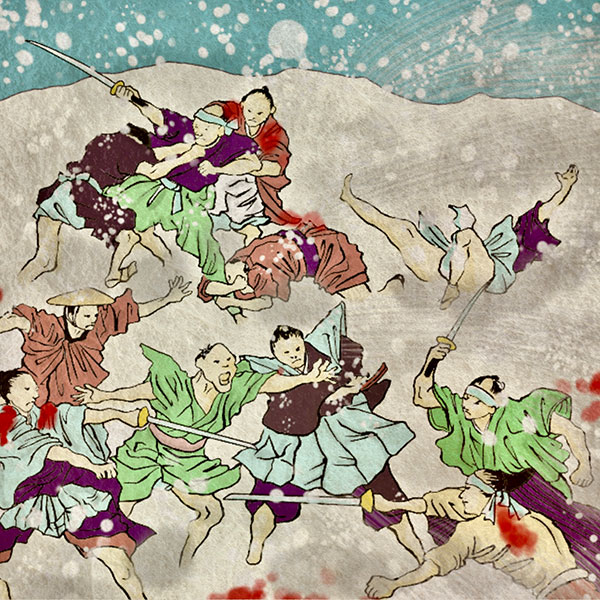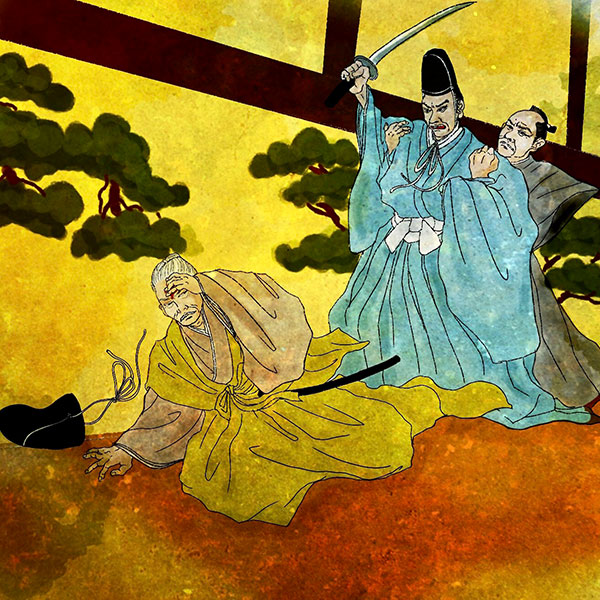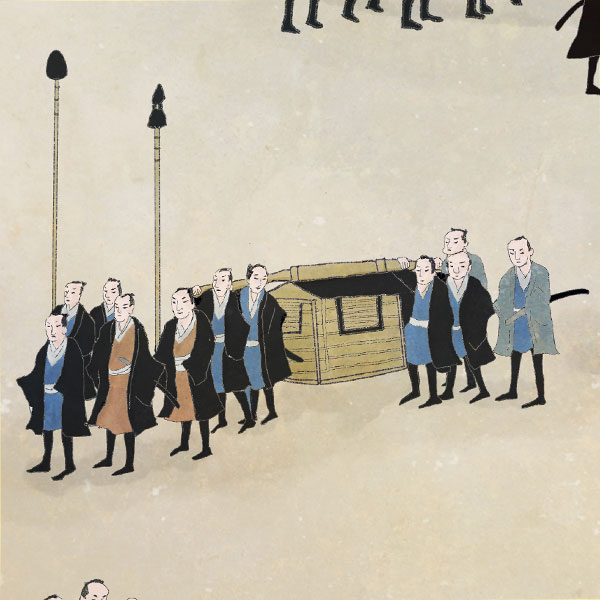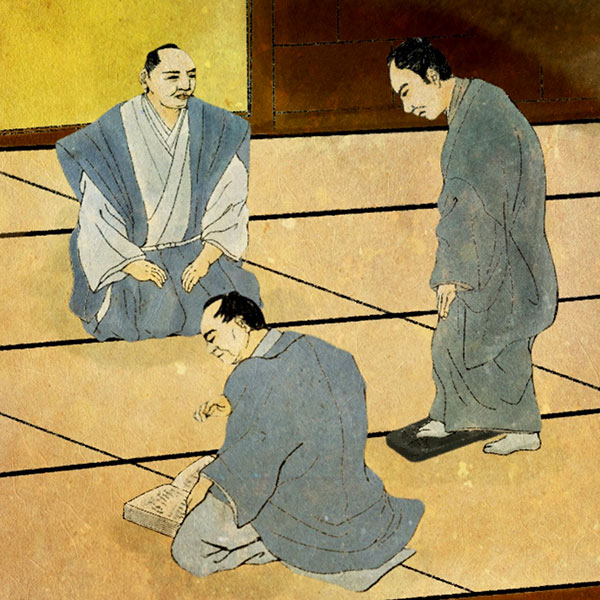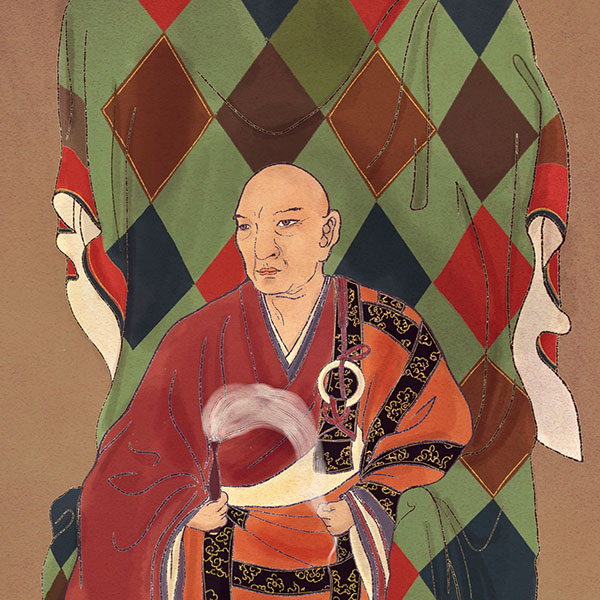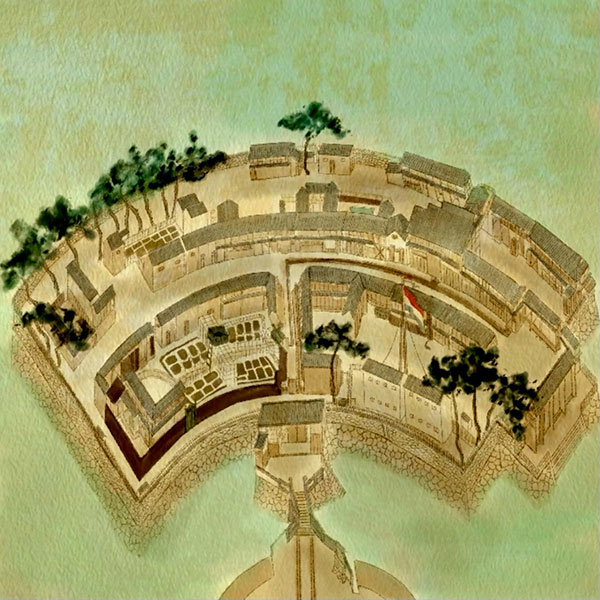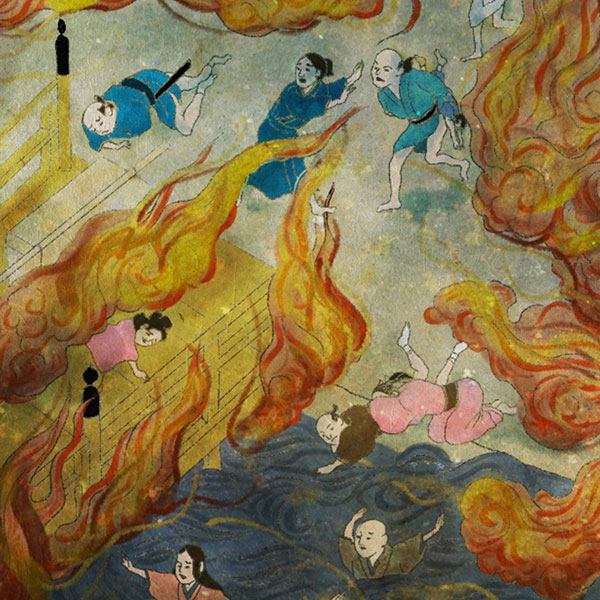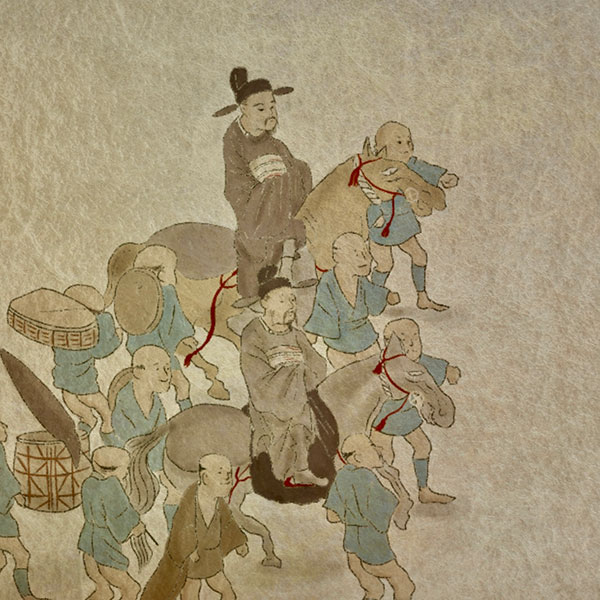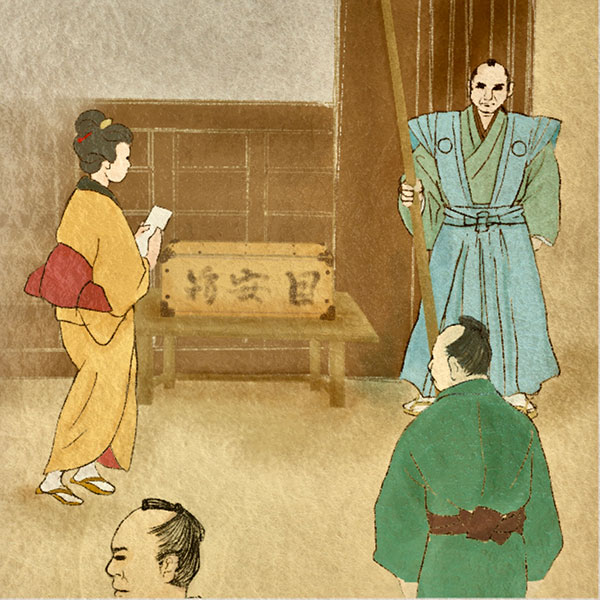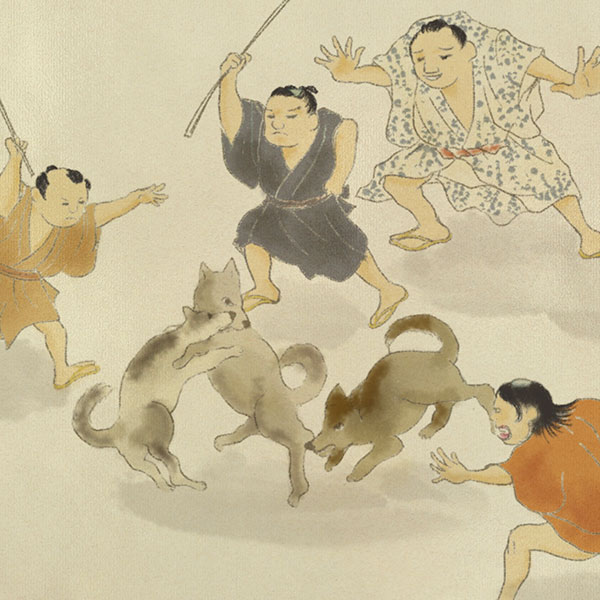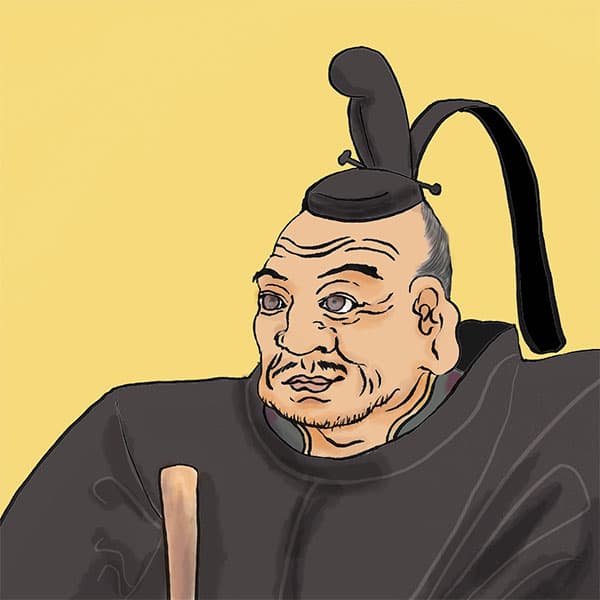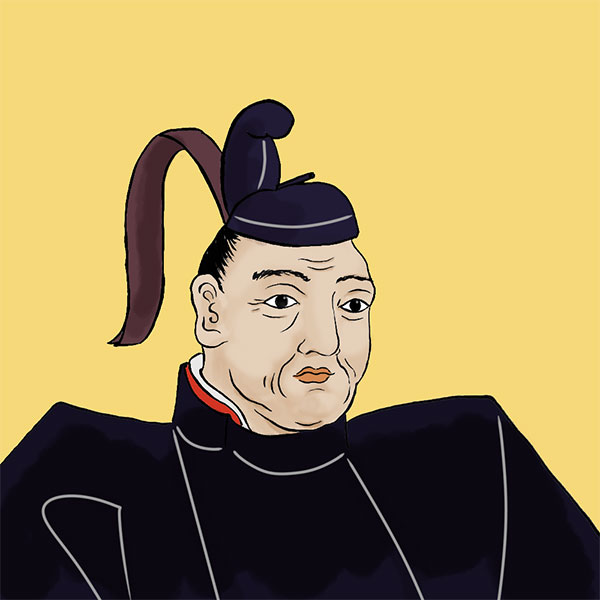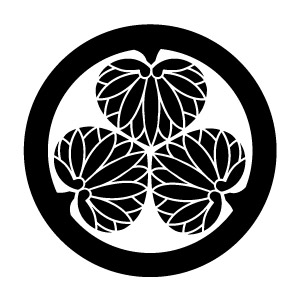- Edo Shogunatethe last samurai government
- The Edo Shogunate was a samurai government established in Edo in 1603 by Tokugawa Ieyasu, who was appointed as the Great Shogun. It was the last of the samurai government that began in the Kamakura period, and is also called the Tokugawa shogunate because the Tokugawa family inherited the position of shogun. Also,

Edo castleChiyoda ward, Tokyo
| Other name | Eshiro, Chiyoda Castle |
|---|---|
| castle construction | 1457 |
| address | 1-1 Chiyoda, Chiyoda-ku, Tokyo |
- Access to Edo Castle
- 5 minutes walk from JR Tokyo Station
HISTORYEdo Castle, the symbol of the Edo Shogunate
Edo Castle is a flat castle located in Chiyoda, Chiyoda Ward, Tokyo. Currently, it is the Imperial Palace where His Majesty the Emperor resides. Edo Castle was the political center of the Tokugawa shogunate and home to 15 shoguns for 250 years. Let's unravel the history of Edo Castle.
- Edo Castle before the establishment of the Edo Shogunate
- Edo Castle was built by Dokan Ota in the first year of Choroku (1457), and later became a branch castle of the Hojo clan in the fourth year of Taiei (1524). Dokan Ota built Edo Castle to suppress the Chiba clan of Boso, a powerful military commander on the Kakubo side. Hie Shrine, Tsukido Shrine, Hirakawa Tenmangu Shrine, etc. that still remain today were recommended by Dokan Ota for protection during the construction of Edo Castle. Dokan Ota's name still remains in Dokanbori. When Dokan Ota was assassinated by Sadamasa Uesugi in 1487, he expelled Dokan Ota's eldest son Moneyasu Ota from Edo Castle and took Edo Castle for himself. It is said that Moneyasu Ota wandered around the country for over 20 years and was finally able to return to Edo Castle in 1505.
In 1524, Hojo Ujitsuna of the Gohojo clan took control of Edo Castle after defeating the Ogigaya Uesugi clan. At that time, Edo Castle was regarded as an important transportation point, as there was Shinagawa Minato to the south, and to the south there was a water and land transportation route that went to Kamakura via Mutsuura (Kanazawa). In 1590, when the Gohojo clan was destroyed by Toyotomi Hideyoshi's attack on Odawara, Edo Castle was also surrendered. In the same year, Tokugawa Ieyasu entered the Kanto region, having been given the eight Kanshu provinces of the former Gohojo clan by Hideyoshi.
At that time, Edo Castle was in ruins because 140 years had passed since it was built by Dokan, and it is said that the land of Edo was a lonely land with grassland and Susukino. In addition to Honmaru and Ninomaru, Tokugawa Ieyasu expanded the Nishinomaru, Sannomaru, Fukiage, and Kitanomaru, and also carried out large-scale expansion and civil engineering work to relocate Dosanbori and Hirakawa to the central part of Edomae Island (Sotohorigawa River), and built Edo Castle. They rebuilt it into something suitable for their own castle. - Edo Castle after the establishment of the Edo Shogunate
- Keicho 8 (1603) Tokugawa Ieyasu, who established the Edo shogunate, embarked on the expansion of Edo Castle through national construction. They demolished Mt. Kanda and completely reclaimed Hibiya Inlet, and while constructing the Sotomorigawa River, they ordered feudal lords from all over the country to transport stones and further expand Edo Castle. The person who designed it at this time was Todo Takatora.
In 1607, he ordered the feudal lords of Kanto, Ou, and Shinetsu to repair the castle tower and stone embankment. Influential military commanders such as Date Masamune and Uesugi Kagekatsu were also involved in this construction. In this year, the Keicho Castle Tower was completed.
In 1611, the Nishinomaru stone wall construction was assigned to the eastern daimyo. Tokugawa Ieyasu had already retired at this time, but his successor, Tokugawa Hidetada, continued to expand. In 1614, the stone walls were repaired, but the Osaka Winter Siege and Osaka Summer Siege took place the following year, and Tokugawa Ieyasu decided to suspend construction of the castle for three years due to the exhaustion of the feudal lords. I did.
After that, after 6 years of Genna period (1618) and 8 years of Kane'i period (1628), Kanda River Ochanomizu was started in Manji 3 (1660). Tenka Fusho was completed with the widening work, which was a major construction project that took more than 50 years.
Later, in 1657, much of the castle structure, including the castle tower, was destroyed by the Meireki Great Fire (Furisode Fire), and the castle tower was never rebuilt after that. - Edo Castle from the end of the Edo period to the Meiji era and beyond
- During the Boshin War that began in 1868, the new government army defeated the former Shogunate army in the battles of Toba and Fushimi, and designated March 15, 1868 as the day of the general attack on Edo. The siege network for Edo Castle was completed. However, thanks to a meeting between Katsu Kaishu, the former Shogunate army chief, and Saigo Takamori, the staff officer of the Eastern Expeditionary Forces, Edo Castle was surrendered bloodlessly without being attacked.
On April 11, 1868, Edo Castle was surrendered to the Meiji new government forces, and on October 13, it was renamed Tokyo Castle. After that, in 1869, Edo Castle became the imperial castle and became the residence of Emperor Meiji with the Tokyo Metropolitan Government. With the completion of Meiji Palace in 1881, the name came to be known as Miyagi. Many of the buildings that remained from the Edo period were damaged by the Great Kanto Earthquake that occurred on September 1, 1923. At this time, the collapsed Wadakuramon (Yagura Gate) was not restored, and the turret part of the repaired Yagura Gate was dismantled. In 1945, Otemon was burnt down by an American air raid. In 1950, it was renamed the Imperial Palace, and remains to this day. - summary
- Most of the current Edo Castle grounds are the Imperial Palace, so the general public is not allowed to enter, except on special occasions such as public visits. but. You can also remember Edo Castle from days gone by from the Imperial Palace Outer Gardens and the public road that also serves as the Imperial Palace running course. Tokyo is rapidly changing as the capital of Japan, and only a few traces of the Edo period remain in place names and some historic sites, but since Edo Castle (Imperial Palace) became Miyagi, it retains a strong trace of the Edo period. It can be said that it is a place where The area around the Imperial Palace is also designated as a special historical site as the ruins of Edo Castle.
Read about incidents related to Edo Castle
Read biographies related to Edo Castle
History of the Edo Shogunate, whose government was Edo Castle
| Government office | Edo castle |
|---|---|
| old area | Edo, Toyoshima District, Musashi Province |
| main castle lord | Tokugawa shogun family |
The Edo Shogunate was the samurai government of Japan during the Edo period. It was founded in 1603 by Tokugawa Ieyasu, who appointed him as the Seii Taishogun and based in Edo (present-day Tokyo). There are various theories about the end of this period, but it is said to have ended in 1867, when the Imperial Restoration was carried out.
Edo Castle column
A column by castle, temple and shrine enthusiasts
































